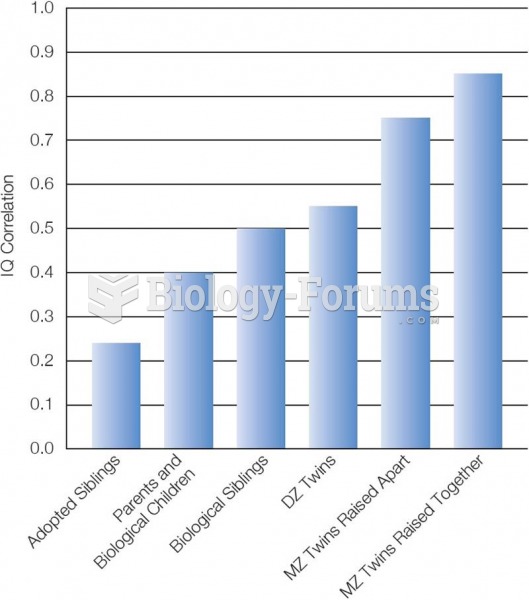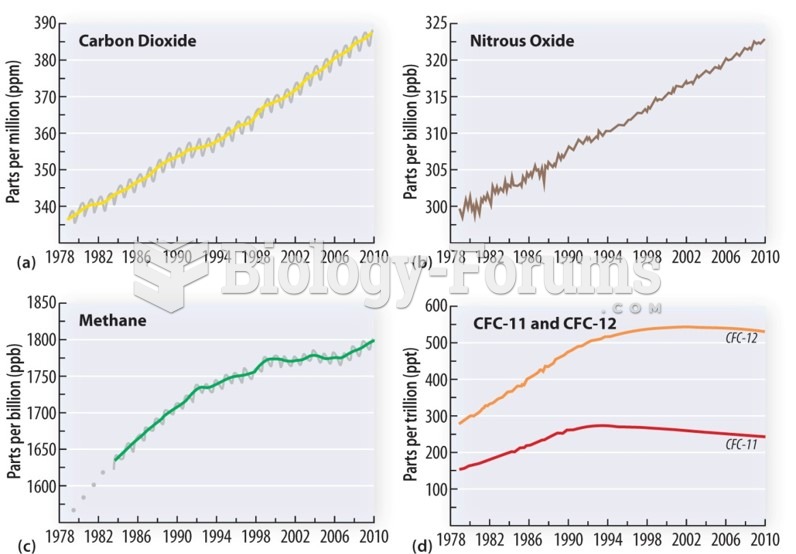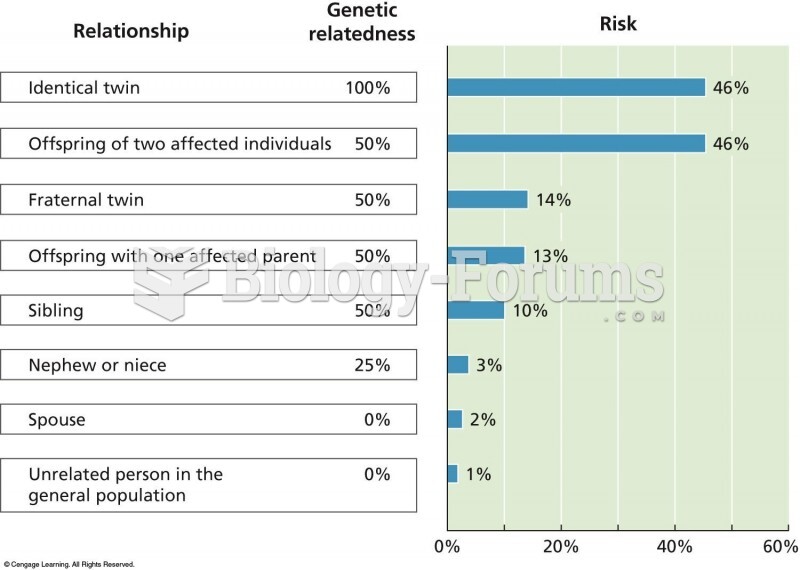Answer 1
Answer: C
Answer 2
Answer: C
Answer 3
Answer: The ideal answer should include:
a. The progressive movement led to the introduction of political reforms that democratized the political process and expanded the electorate.
b. The progressive movement set the agenda for investigative journalism.
c. The progressive movement expanded the role of the federal government in the economy and society.
d. The progressive movement introduced the field of social work.
e. The progressive movement contributed to the advancement of African Americans.
f. The progressive movement contributed to the conservation of the wilderness.
Answer 4
Answer: The ideal answer should include:
a. Roosevelt used the power of the federal government to weaken corporate capitalism and protect ordinary people and the natural environment.
b. He abandoned the long-standing cooperation between corporate capitalism and the federal government.
c. He launched antitrust lawsuits against corporate entities such as J. P. Morgans Northern Securities railroad trust and John Rockefellers Standard Oil.
d. He supported legislation such as the Elkins Act and Hepburn Act to regulate the railroads.
e. His square deal placed labor on a more even footing with management.
f. He expanded the powers of the federal Forest Service and issued executive orders to protect the wilderness.
Answer 5
Answer: The ideal answer should include:
a. In the early twentieth century, the balance between democracy and capitalism tipped in favor of democracy.
b. The progressive movement began in the states.
c. The progressive agenda was to strengthen democracy and weaken capitalism.
d. Progressives sought to eliminate political corruption and democratize the political process.
e. They campaigned for greater government regulation of corporate capitalism.







